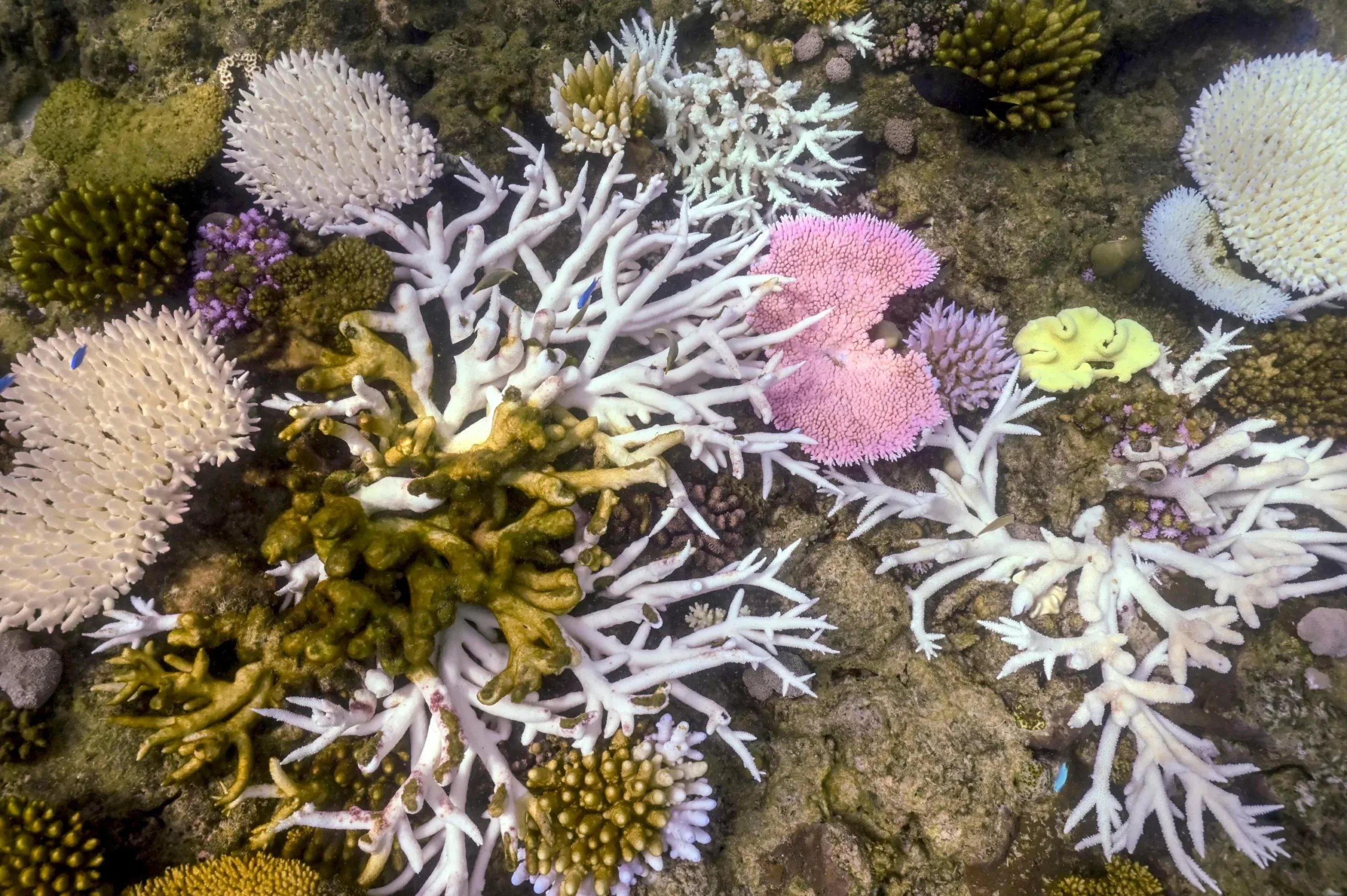Water temperatures in and around Australia’s Great Barrier Reef have risen to their warmest in 400 years over the past decade, placing the world’s largest reef under threat. This alarming trend has been attributed to the effects of climate change, and it is a cause for concern not just for Australia, but for the entire world.
The Great Barrier Reef, located off the coast of Queensland, is one of the most biodiverse and beautiful ecosystems on the planet. It is home to thousands of species of marine life, including corals, fish, turtles, and sharks. It is also a major tourist attraction, drawing millions of visitors every year who come to witness its stunning beauty and explore its underwater wonders.
However, the recent rise in water temperatures has had a devastating impact on the reef. The corals, which are the building blocks of the reef, are highly sensitive to changes in temperature. When the water gets too warm, they expel the algae living in their tissues, causing them to turn white, a process known as coral bleaching. If the water temperatures remain high for an extended period, the corals can die, leading to the destruction of the reef.
According to a study published in the journal Nature Communications, the water temperatures in the Great Barrier Reef have risen by 0.4 degrees Celsius over the past decade. This may not seem like a significant increase, but it is enough to cause widespread coral bleaching and damage to the reef’s delicate ecosystem. The study also found that the current water temperatures are the warmest the reef has experienced in the past 400 years, highlighting the severity of the situation.
The rise in water temperatures is a direct result of climate change, caused by the increase in greenhouse gas emissions. As the Earth’s atmosphere traps more heat, the oceans absorb a significant portion of it, leading to warmer water temperatures. This not only affects the Great Barrier Reef but also other coral reefs around the world.
The consequences of this warming trend are already being felt. In 2016 and 2017, the Great Barrier Reef experienced back-to-back mass bleaching events, causing significant damage to the corals. The bleaching was most severe in the northern and central parts of the reef, where the water temperatures were the highest. The southern part of the reef, which is relatively cooler, was spared from the worst of the bleaching.
The good news is that the corals have shown some signs of recovery in recent years. However, this recovery is fragile and can easily be reversed if the water temperatures continue to rise. It is crucial that we take immediate action to address the root cause of this problem – climate change.
The Australian government has recognized the threat to the Great Barrier Reef and has taken steps to protect it. In 2019, the government announced a $500 million investment to improve the reef’s resilience and reduce the impact of climate change. This includes measures such as reducing pollution, improving water quality, and investing in research to better understand and manage the reef’s ecosystem.
Individuals can also play a significant role in protecting the Great Barrier Reef. We can reduce our carbon footprint by using renewable energy sources, reducing our use of single-use plastics, and making more sustainable choices in our daily lives. We can also support organizations and initiatives that are working towards preserving the reef.
The Great Barrier Reef is a national treasure and a global icon. It is our responsibility to ensure that it remains healthy and thriving for generations to come. The recent rise in water temperatures is a wake-up call, and we must take immediate and decisive action to address the root cause of this problem. Let us all come together and do our part to protect this natural wonder and preserve it for future generations.








